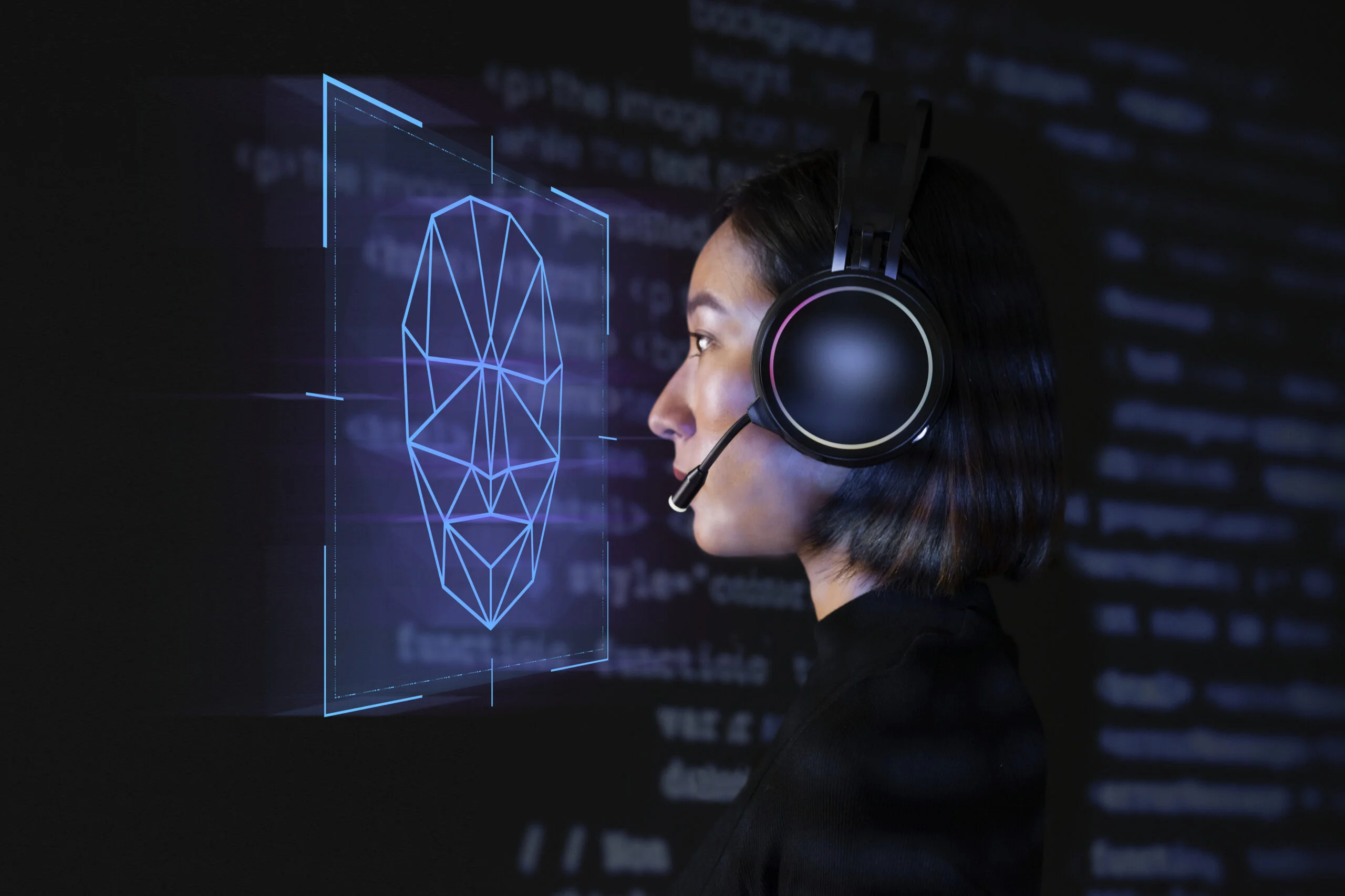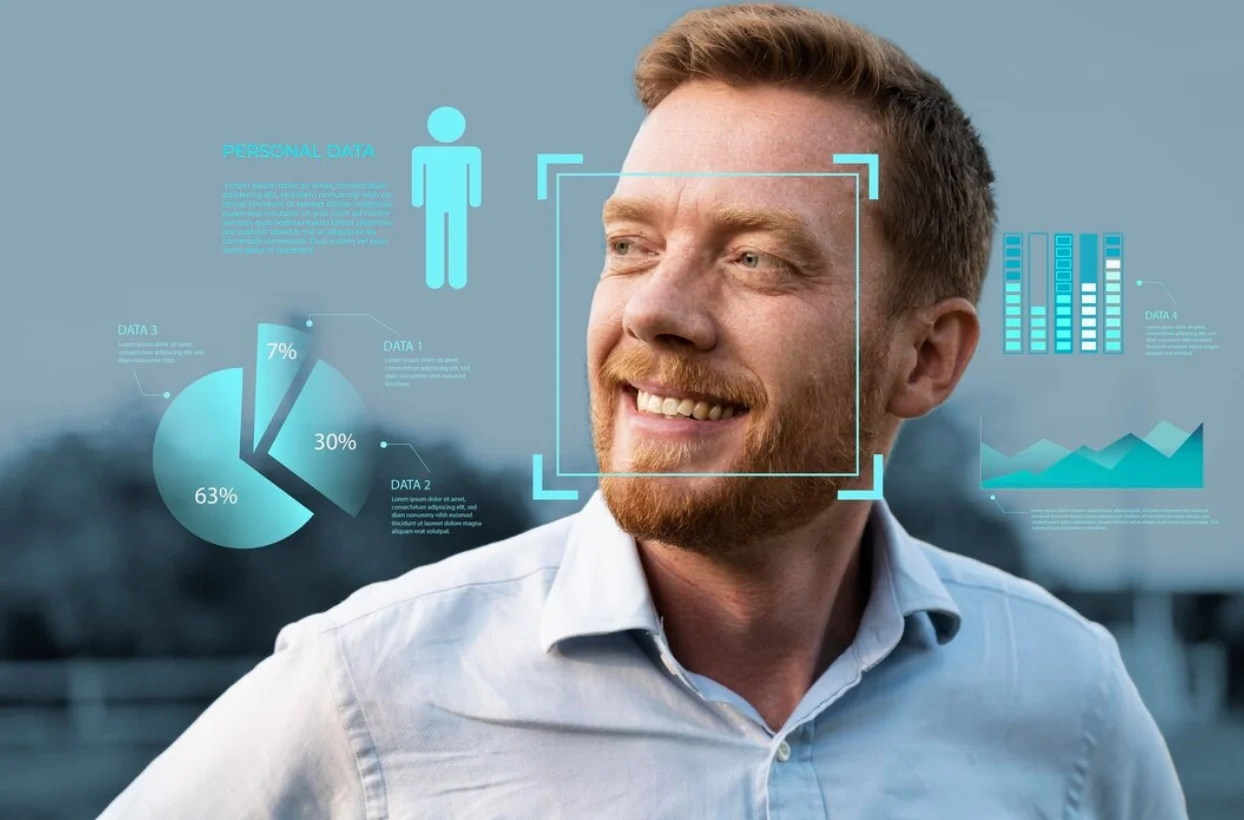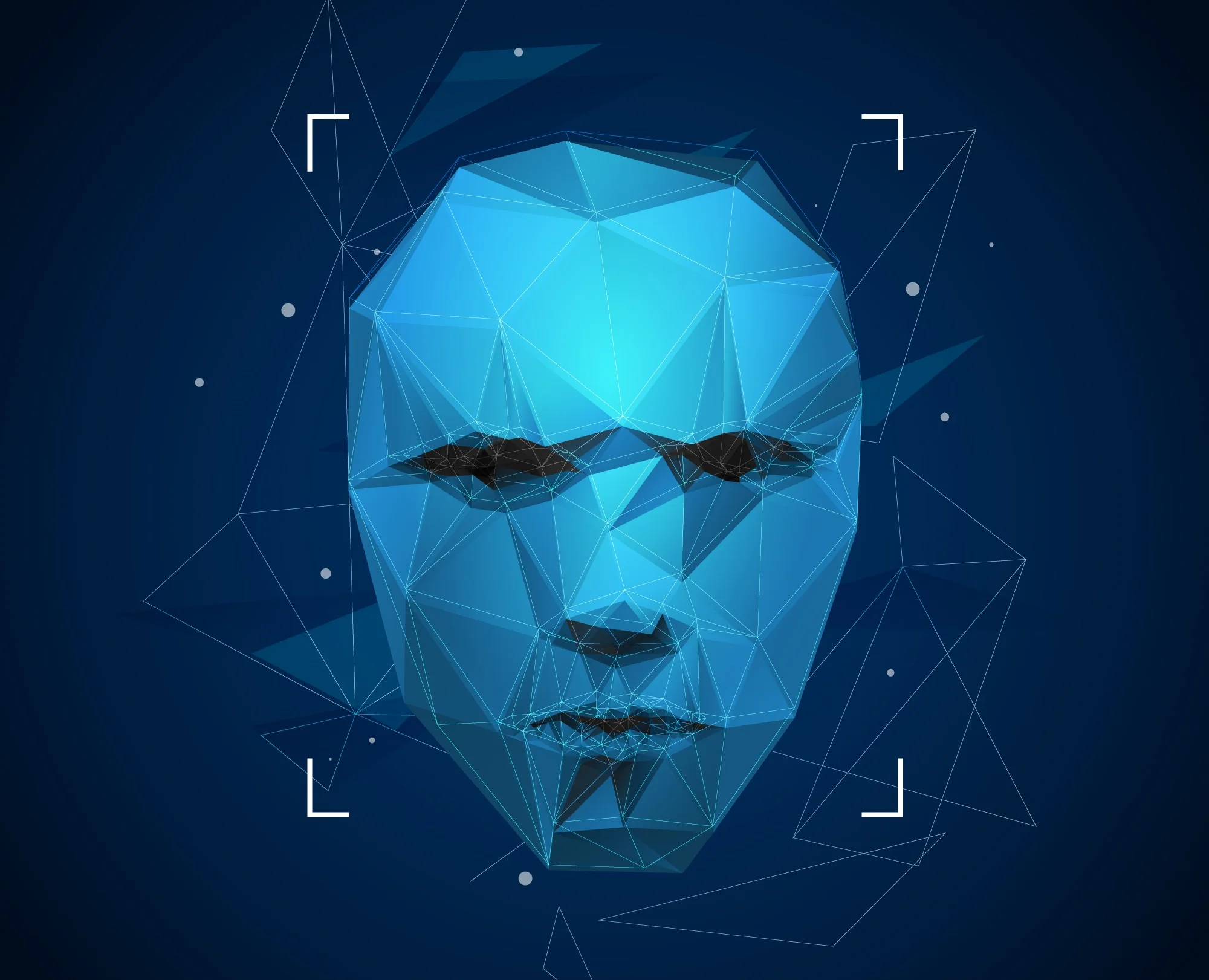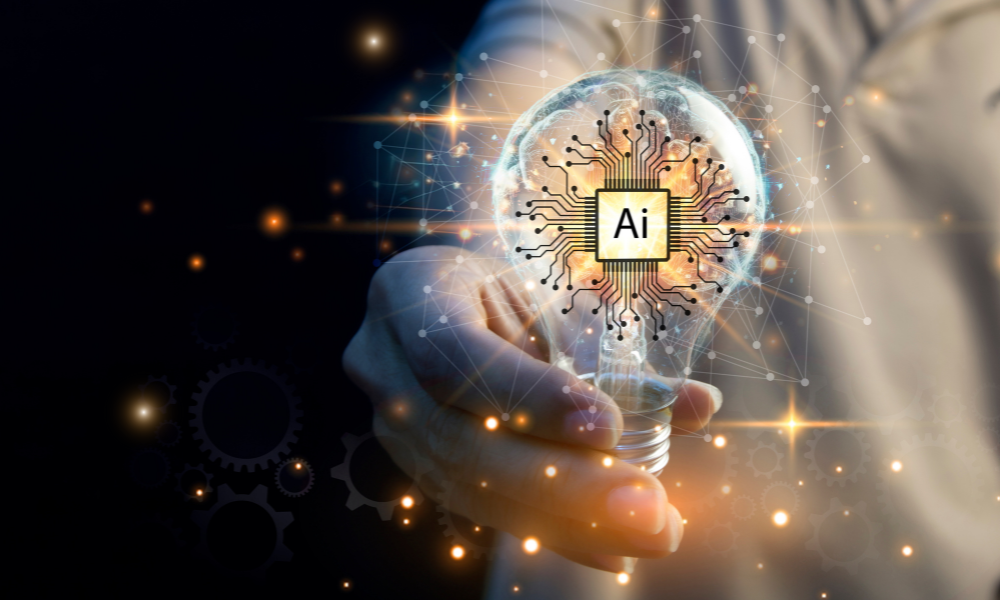In a technological era where intruders continuously try to invade people’s privacy, attaining relevant knowledge has become compulsory. This allows individuals at least to identify attacks and probable risks.
Deepfake Technology has emerged as an impactful cyber threat lately, raising concerns about identity theft. In 2023, wrongdoers created and circulated more than 500,000 synthetic content or deepfake media only on social media platforms. On many occasions, people could not identify fake content and believed whatever they saw on social sites.
Such technology leverages deep generative methods to mimic and manipulate the facial and bodily attributes of the subjects in a media file, such as images, videos, and voice. Hence, we shall try to understand this destructive cyber threat from a technical point of view by analyzing deepfake algorithms. Moreover, we shall highlight a few methods to identify synthetic media.
What are Deepfake Algorithms?
Deepfake technology is dependent on artificial intelligence and machine learning to change and generate fake media items from the original ones. Moreover, it uses artificial neural networks that help to create realistic but fake images.
Therefore, it has unique algorithms to quickly process large amounts of data and formulate synthetic content with high authenticity. The process of creating deepfakes includes frequent gap detection and covering activity with which it generates flawless fake media files. Let us understand the deepfake algorithms in detail.
Explained: Deepfake Algorithms
The deepfake mechanism primarily leverages two algorithms- generator and discriminator. We know these together as generative adversarial networks (GAN). It is a machine learning model that has deep learning abilities. GAN includes pattern recognition methods within a file. After identifying the patterns, the model uses them to produce artificial content with minimal mistakes that people can identify.
The roles of the generator and discriminator are significant in creating deepfakes. The generator primarily formulates the fake media file based on the original one. Following that, the discriminator traces differences between the authentic and counterfeit files to identify the gaps through which people can know its synthetic attributes.
Each time the discrimination recognizes the gaps within content and considers it fake, the generator improves it further. The process continues until and unless the discriminator considers the deepfake as real-like content. Such activity makes the fake files unrecognizable. As a result, such content misguides the audience, who fails to identify the artificial elements in those files.
In a way, deepfake algorithms are nothing but machine learning models for facial recognition that work on advanced computing networks to create fake media files. Experts also call the process of deepfakes a variational auto-encoder (VAE). Such mechanisms can encode original media files into low-dimensional replicas and can decode them into high-quality files but with fake elements.
Common methods to identify deepfakes:
Unusual facial attributes: A superior way to identify deepfakes is to attentively observe each feature of the subject in an image or video. If several parts of the subject’s face have dissimilar skin tones, consider checking the source of the image before trusting on it.
Abnormal bodily activity: When you observe subjects in a video performing unnatural activities that have no synchronization, there are chances that the media file is fake.
Poorly aligned media: Often, people notice visual content on the web that has no alignment of the elements. Rather, objects are misplaced, or additional objects that have no similarities are added. Such content can be fake.
Unusual facial positioning: If the subject’s whole body points in one way but their face points in another way, there are possibilities the file is fake.
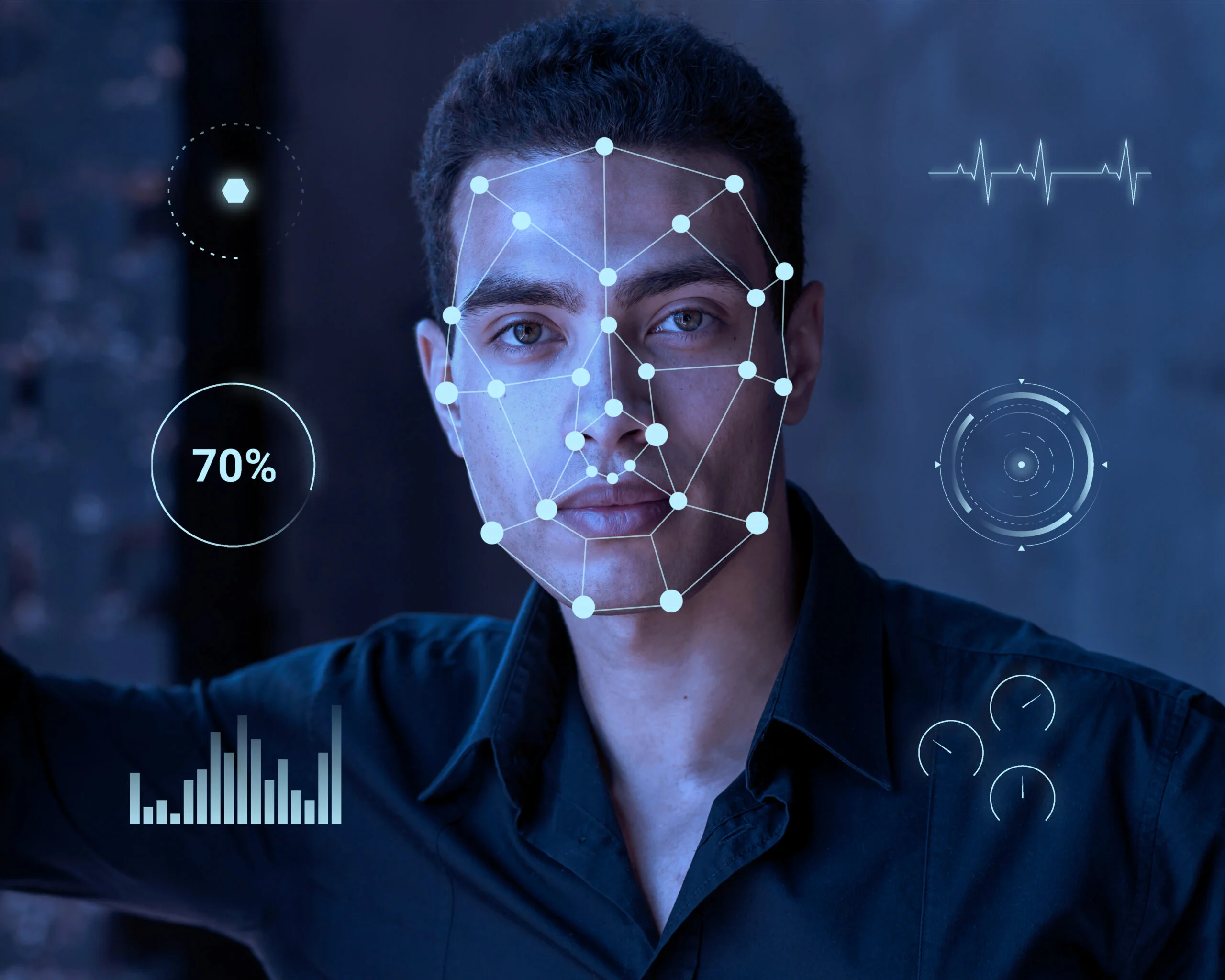
Wrapping up!
The advanced deepfake algorithms help people with ill intent to create morphed content without any shortcomings. Due to a lack of understanding, such synthetic media can mislead viewers at times. Therefore, it is our responsibility to stay alert and report against people who create as well as circulate deepfakes around the web. Read our blogs to gain further knowledge on the latest tech trends.
Read More:
Ethical Considerations and Implications of Deepfake Technology

